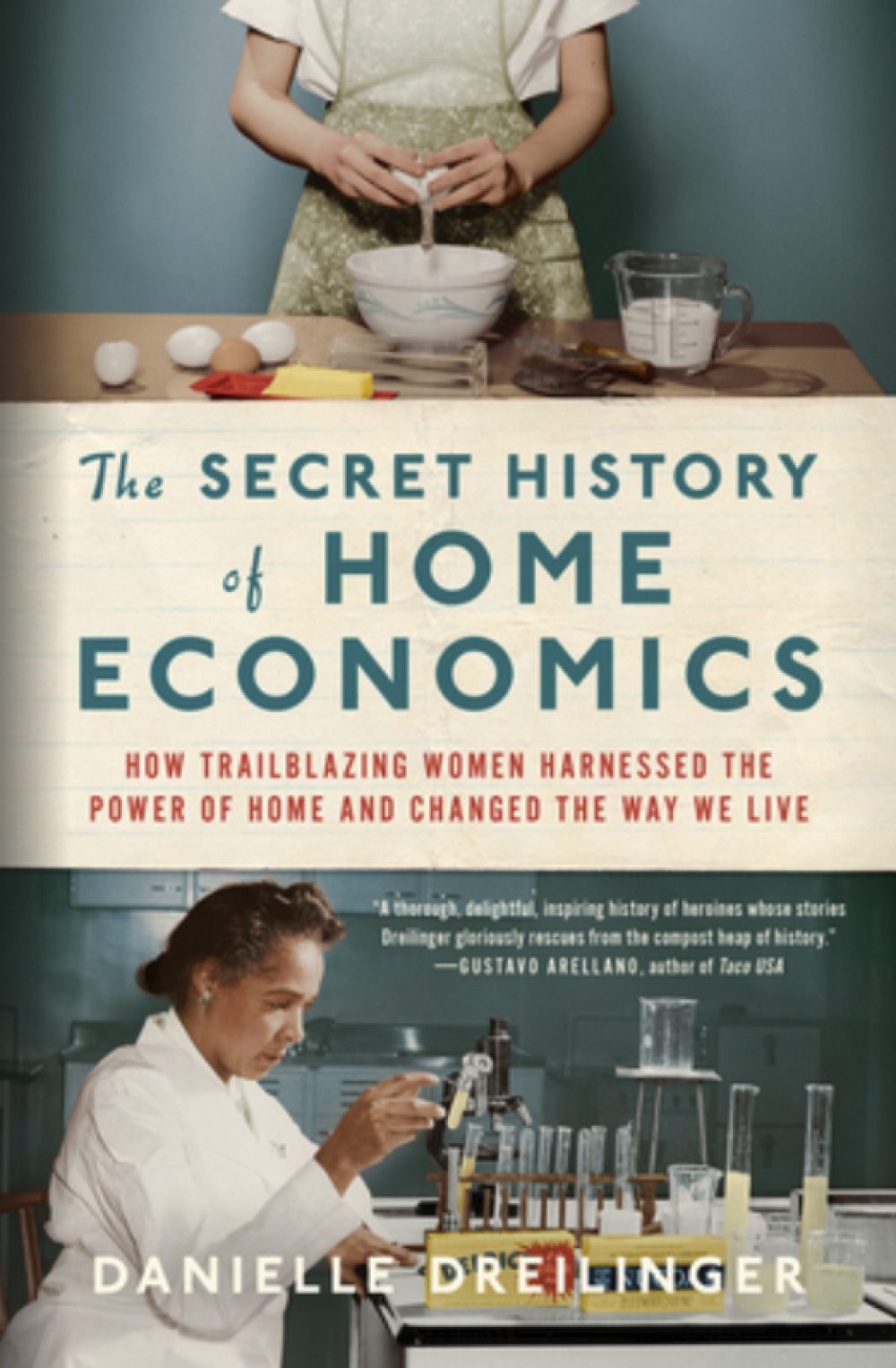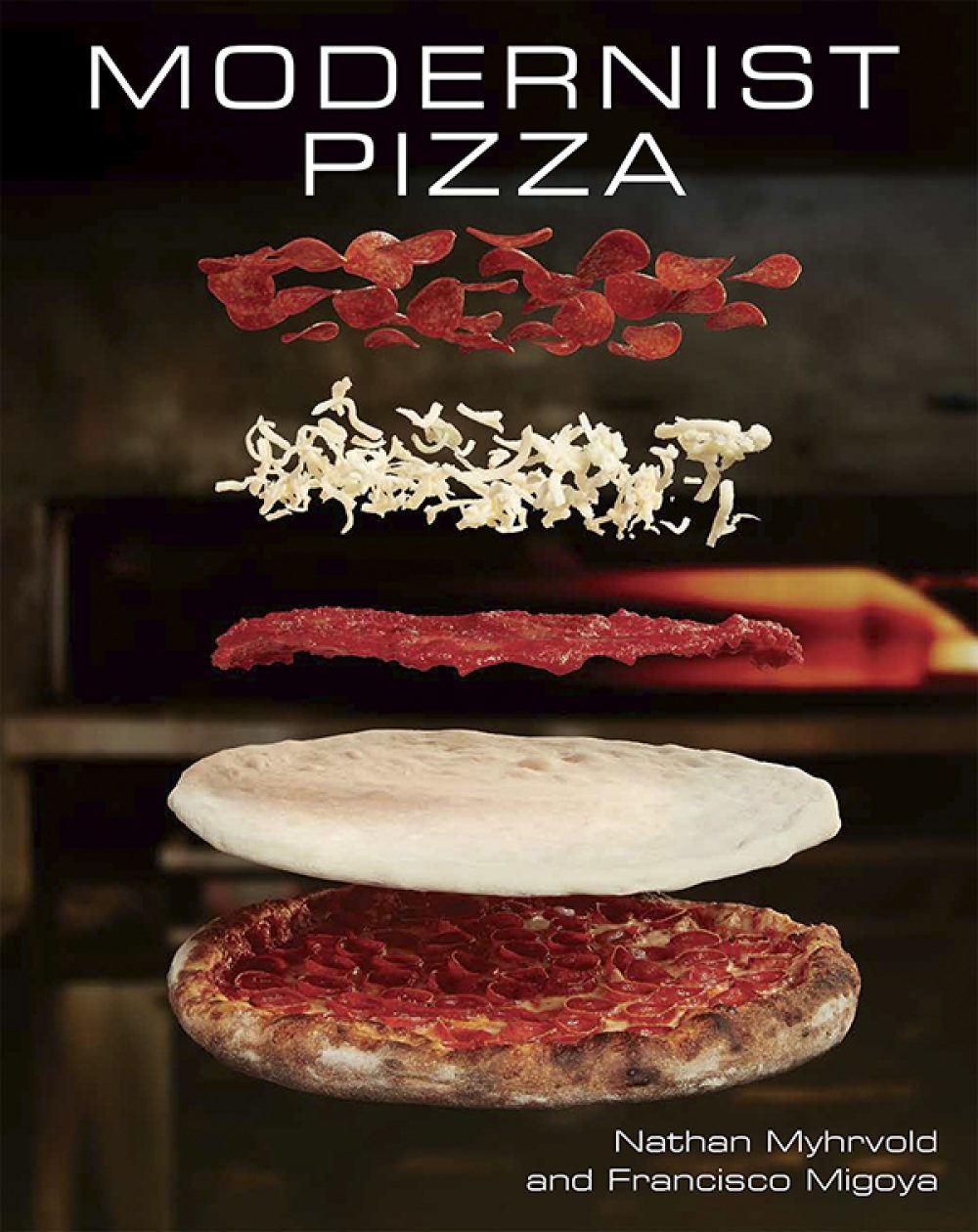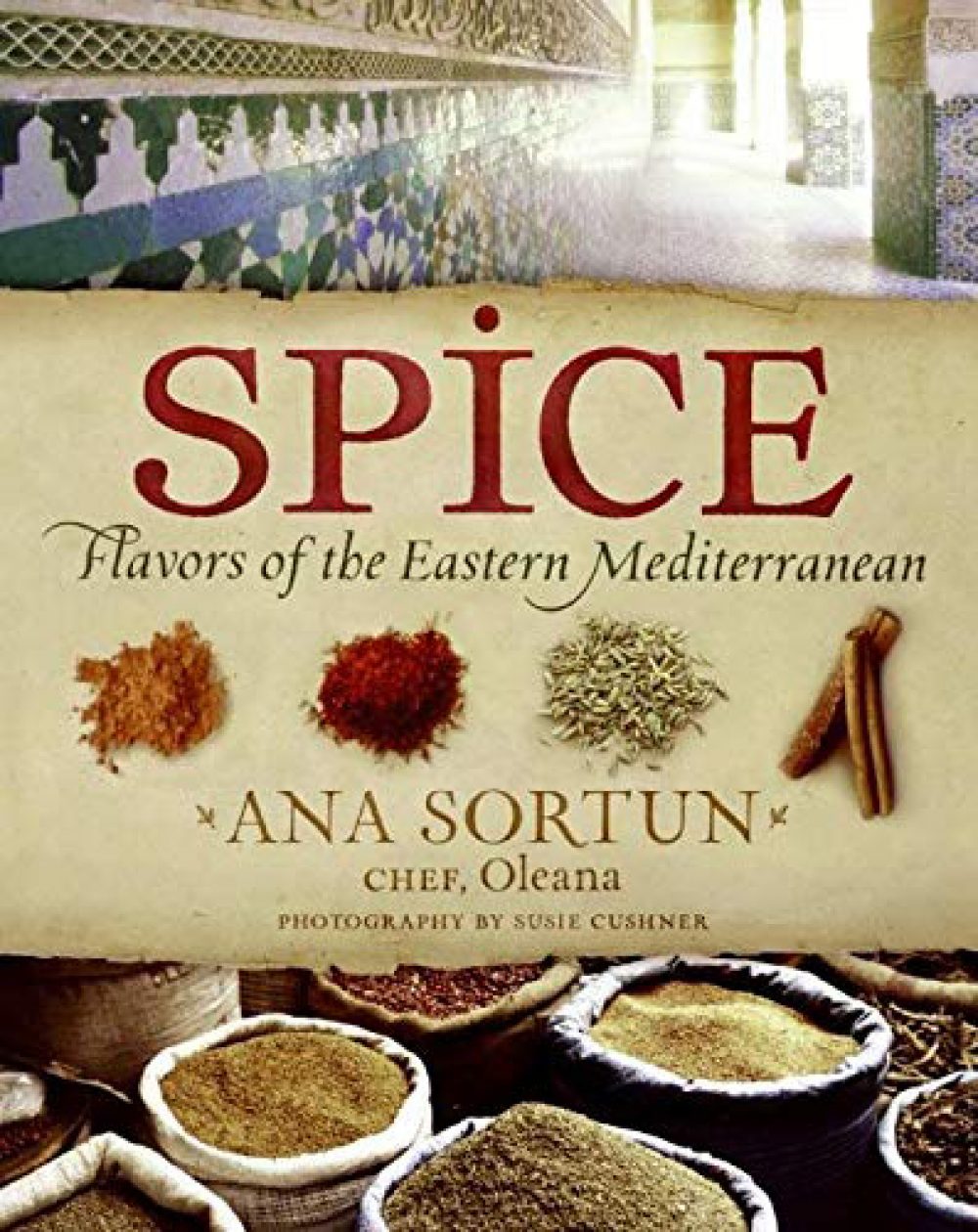
The Secret History of Home Economics
By Danielle Dreilinger
The field of home economics began with Catharine Beecher’s “A Treatise on Domestic Economy,” published in 1841, a 400-page tome that set out the notion of running a home with an eye toward frugality and health. As the 19th century came to a close, the chemistry of household affairs, as well as women’s liberation from the drudgery of domestic service, entered the conversation. Both world wars contributed to the notion of food in economic terms (e.g., victory gardens) and, finally, nutrition became a science—one that soon was hijacked by big food companies. Food additives and new packaging solutions subverted the very notion of good food with recipes for Fritos Prune Whip and Jell-O “salad pie.” In other words, home economics became a business, harnessed in part by companies wanting to sell their convenience foods as nutritious, time-saving and fun. What had started as a serious effort to unburden the housewife from a life of hardship and intellectual famine became a science that was used to promote the fruits of industry, not the fruits of the soil. Danielle Dreilinger tells the story with admirable even-handedness, realizing that its origins were laudable but that, like many fields of human endeavor, it was subverted by its own desire to become an industry. In the end, the author rightly bemoans the lack of home economics in our schools and wishes for a return to its admirable founding principles.
Modernist Pizza
By Nathan Myhrvold and Francisco Migoya
What costs almost $400, has three volumes and comes in a bright red metal box? The answer is the latest entrant in the Modernist book publishing line, “Modernist Pizza.” Given the enormous resources that Nathan Myhrvold can invest in such a project, having made his fortune at Microsoft, he has a material advantage over other culinary authors. The question is whether that money is spent wisely, and the answer is yes. The book delves into history (including confirmation that pizza margherita existed before the eponymous queen) and how pizza has a celebrated role in places as diverse as Argentina and Brazil. Myhrvold is not uncomfortable calling out what he considers ill-considered culinary practices, such as saltless bread from Tuscany and less-than-stellar pizzas from the “Pizza Capital of the World,” Old Forge, Pennsylvania. With his trademark scientific approach, he breaks pizza down into three parts—crumb, rim and topping—and tests various approaches for each, resulting in hundreds of recipes that delve into hydration, cold fermentation and the addition of ingredients such as malt powder and dough relaxers. If you just want to make a good homemade pizza, you don’t need to spend the big bucks. But if you want the last word on pizza—along with a guide to making the ultimate pizza—“Modernist Pizza” delivers.


Spice: Flavors of the Eastern Mediterranean
By Ana Sortun
A recent visit with Ana Sortun at her Cambridge, Massachusetts, eatery Oleana reminded me that her cookbook “Spice” (2006) was both ahead of its time and timeless. Much like Lynne Rossetto Kasper’s “The Splendid Table” or Judy Rodgers’ “The Zuni Café Cookbook,” I find myself going back to “Spice” time and again. It is where I first learned about Urfa and Aleppo peppers, nigella seeds, how to use za’atar in almost everything, charmoula, how to fry haloumi cheese as the filling for a quick sandwich, to use bold handfuls of herbs, and to make everything from muhammara, kibbeh and saganaki to avocado hummus. Her cooking is personal—this is not a how-to book for eastern Mediterranean food—which only serves to make the recipe selections both approachable and appealing. Let it be said that some cookbook authors set out to sell books. Others, like Sortun, write from a well of experience that offers respect and enthusiasm for a topic that is all-consuming. “Spice” was way ahead of its time, but now its time has come.





